006: This Week in Baseball History
Jan 16, 2022
Hey everyone, welcome to the weekly show where we take a look back and forward at some of the biggest news stories affecting the sport we love. Whether it's a broken home run record, a famous player’s birth, or a major franchise trade, we'll have it all covered.
This Week’s Historical Events

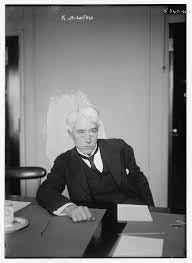
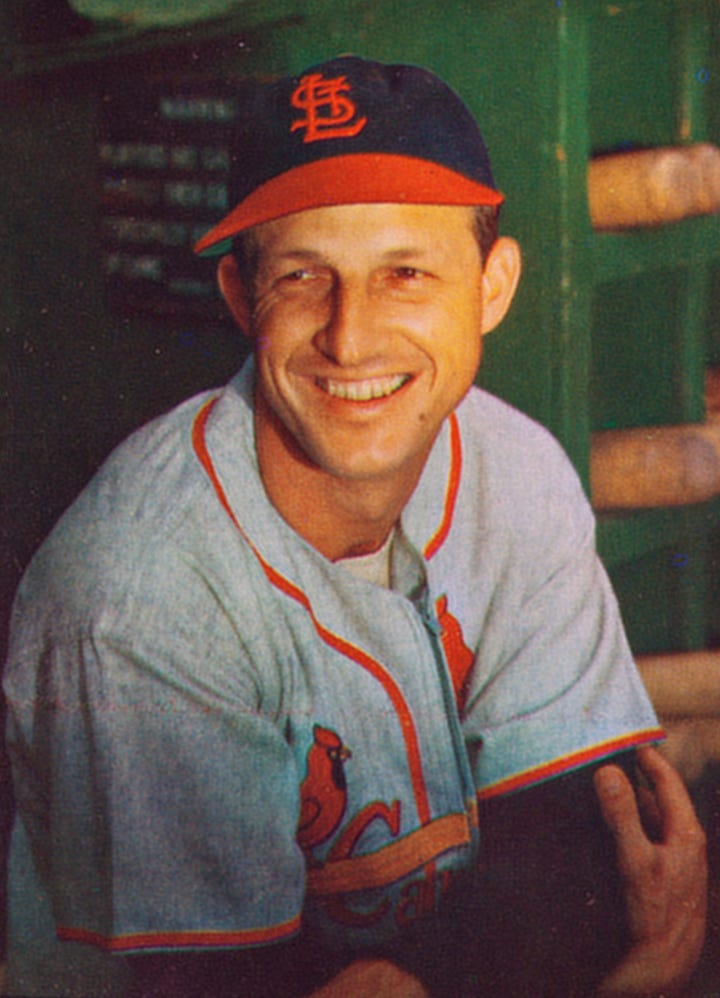
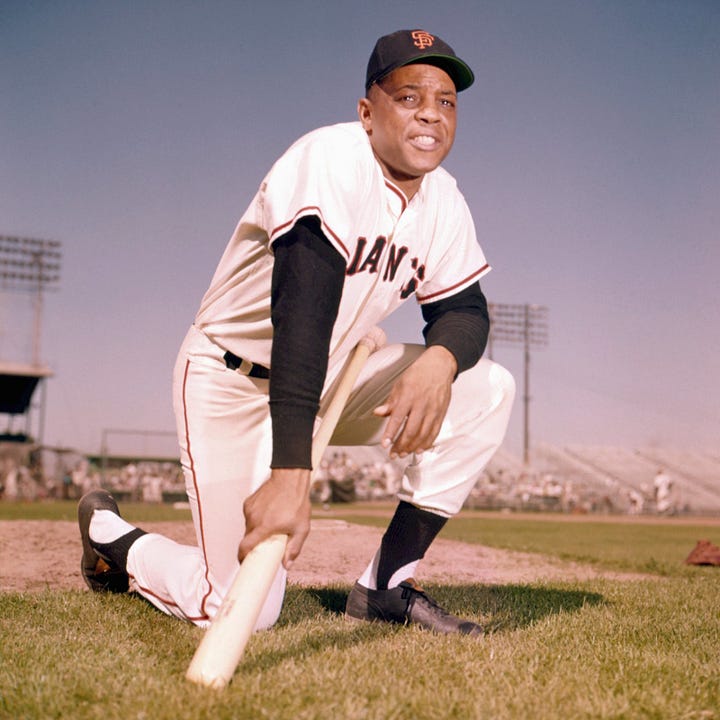
On January 16, 1952 - Hall of Famer Stan Musial got approval from the U.S. Government to get a salary increase to $85,000. The U.S. was in the middle of the Korean War and instituted a country-wide wage freeze. Musial needed special permission to get his salary increase.
On January 17, 1970 - The Sporting News named Willie Mays as Player of the Decade for the 1960s.
On today, January 18, 1973 - Orlando Cepeda signed with the Boston Red Sox, making him the first player signed by a team specifically to be a designated hitter.
On January 19, 1934 - Judge Kenesaw Mountain Landis denied Shoeless Joe Jackson's appeal for reinstatement. Joe was one of eight 1919 Chicago White Sox players, popularly known as the "Black Sox," who was controversially banned from Major League Baseball for their involvement in a match-fixing scandal.
On January 20, 1947 - Famed Negro League slugger Josh Gibson died of a brain tumor at age 35. His Hall of Fame plaque credits the catcher with 'almost 800 home runs.'
On January 21, 1953 - The Hall of Fame passed over Joe DiMaggio in his first year of eligibility and elected pitcher Dizzy Dean and outfielder Al Simmons to Cooperstown.
And on January 22, 1929 - The Yankees announced they would put numbers on the backs of their uniforms, becoming the first baseball team to engage in the continuous use of numbers. The first numbers are based on positions in the batting order thus, Ruth will wear number 3 and Gehrig 4. By 1931 all A.L. teams will use them; it will be 1933 before all N.L. players are numbered.
Focus Story: Bob Feller’s Self-Imposed Pay Cut
Bob Feller was one of the greatest pitchers to ever take the mound. In 1938, coming off a lackluster 15-14 season, he stunned the baseball world by taking a $20,000 salary cut—down to just $45,000. It was an incredible sacrifice and one that showed Feller's dedication to his team and the game of baseball. Let’s delve into why he made this bold move and what it meant for him and his legacy.
Feller's Salary Reduction in Context
The decision to take a pay cut was not taken lightly. Back in 1938, $45,000 was still a lot of money. Feller could have easily brushed off his poor performance that season and kept his high salary. But instead, he chose to stay with the Cleveland Indians and accept less money to help the team stay competitive.
Not only did Feller set an example for other players to follow, but he also set a precedent that allowed teams to remain competitive even if they couldn't afford huge salaries. By allowing teams like Cleveland (and other small market teams) to remain competitive on and off the field, Feller proved that there is more than just money in sports—there is loyalty and respect too.
The Impact of Bob Feller's Sacrifice
It would be an understatement to say that Bob Feller's decision had a lasting impact on baseball history; it changed it forever. His sacrifice showed players everywhere that they don't always have to seek out bigger contracts or higher salaries; sometimes, sacrificing personal gain can make all the difference in helping your team succeed on and off the field.
Feller went on to have a long illustrious career with over 200 wins, two no-hitters, seven All-Star appearances, and seven World Series appearances during his 18 years as an Indian pitcher before retiring in 1956 at age 37 as one of baseball’s best pitchers ever!
His legacy remains intact today as people continue to admire his commitment as an athlete and someone willing to sacrifice for something greater than himself – his team!
Conclusion
Bob Feller’s selfless act continues to inspire athletes around the world today. He showed us all that sometimes you need less money but more heart when it comes down achieving greatness in any sport or industry – something that will never be forgotten! His legacy lives on through each game we watch and every player we cheer for! He truly embodied what it means to be a great teammate - both on and off the field - something we should all strive towards.
Current Baseball News


1) Major League Baseball Seeks End To Local Markets Blackouts
Major League Baseball is currently negotiating with AT&T and DirecTV to end the blackout of local markets for out-of-market games. According to the Sports Business Journal, the MLB has hired Billy Chambers, a longtime regional sports network executive, to figure out how to work around the local blackout issues.
This could potentially mean that fans would have access to more games from their home team and other teams around the league, allowing them to watch more of their favorite players and teams.
2) MLB.com picks the D-backs’ Corbin Carroll as the Upcoming 2023 NL Rookie of the Year
The MLB.com staff recently picked the Arizona Diamondbacks’ Corbin Carroll as their pick for the upcoming 2023 NL Rookie of the Year. Carroll is a highly touted outfielder who was taken 16th overall in this year's draft and has already impacted the D-Backs with his speed and defense, particularly in the outfield.
MLB.com reporter Jonathan Mayo had this to say about Carroll: "The tools are all definitely there, as he’s one of the best pure-hitting prospects in the game, with 70 speed on the 20-to-80 scouting scale. And there’s plenty of power for him to tap into. He hit 24 homers in 93 Minor League games in 2022 and might exceed earlier expectations in this department.”
It appears that the D-Backs have found a diamond in the rough with Carroll, who could contribute to their success in years to come. With his combination of speed and defense, he is sure to make plenty of highlight reel plays from center field in.
Thanks for Checking Out This Week’s Episode
That's all for this edition of This Week in Baseball History. Be sure to check back next week for more memorable moments, news, and updates from around the league!





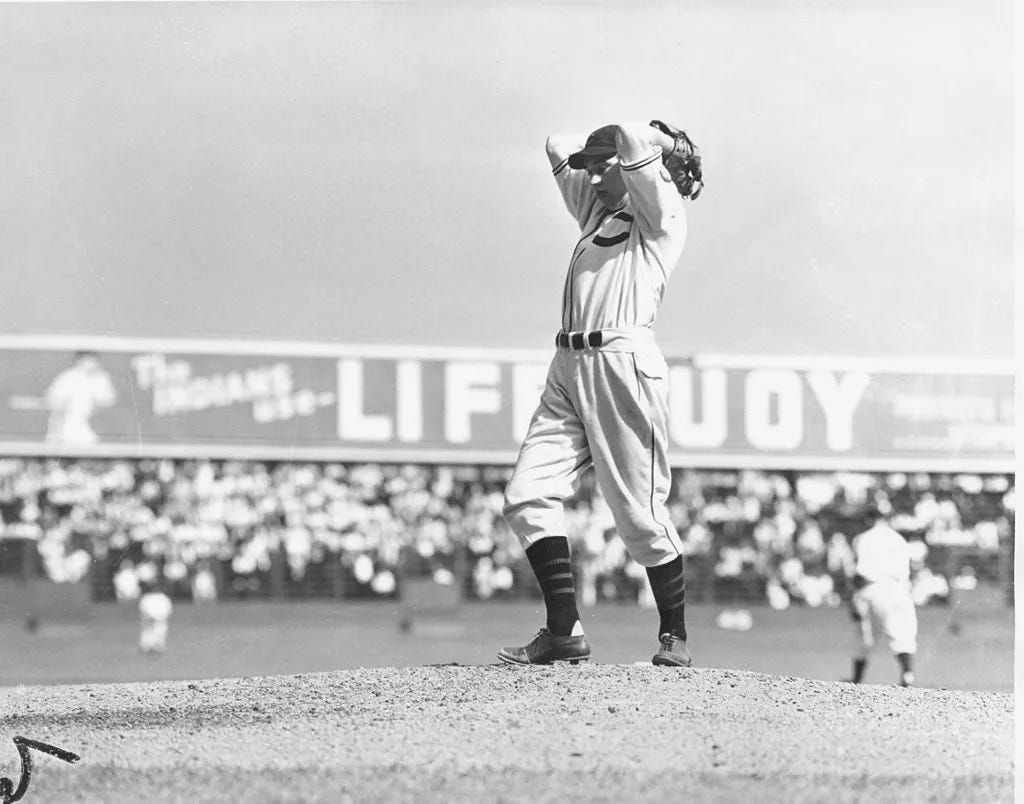
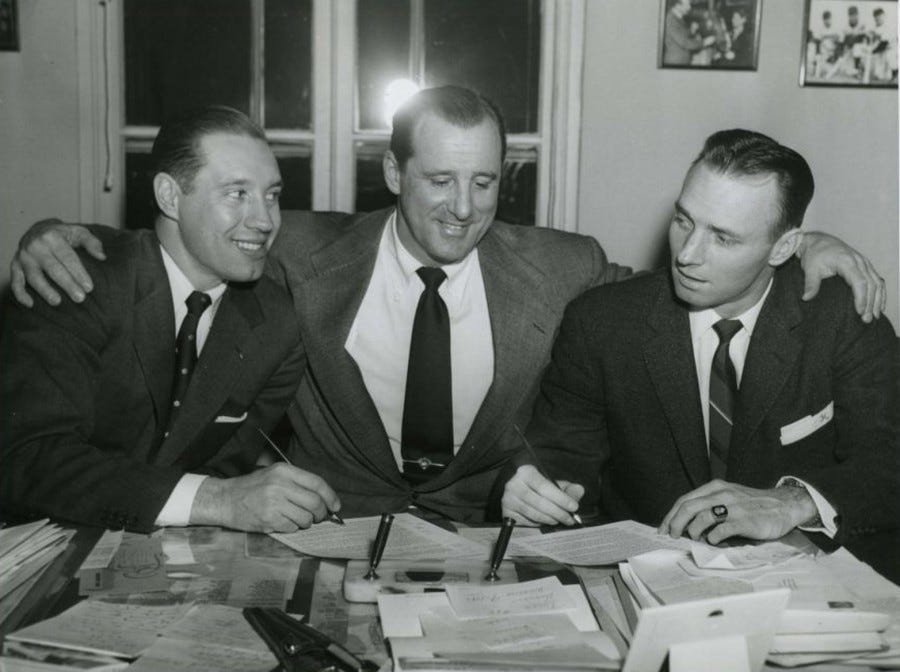



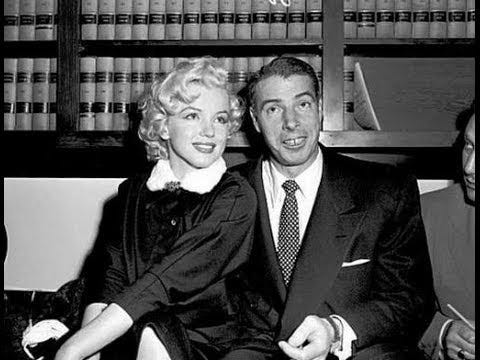
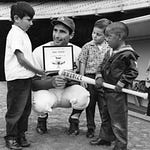

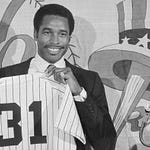


Share this post